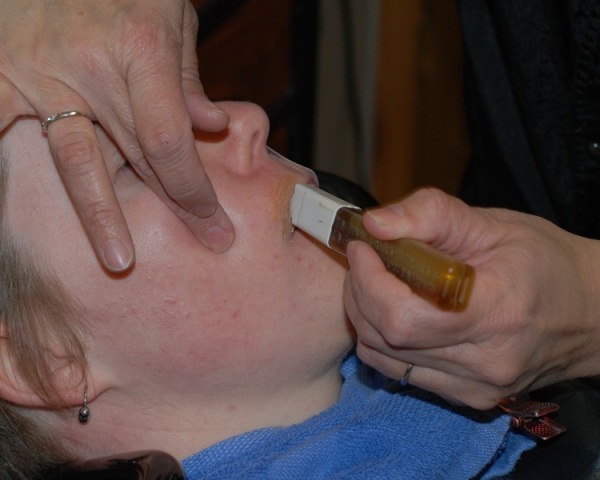Do you want to know the difference between hard wax and soft wax? If yes, then browse through this article to know more about the same.
Hard Wax Vs Soft Wax
Waxing is one of the most common and popular methods of hair removal. The process is cost effective and easy compared to other means of hair removal. Nevertheless, waxing should be done with proper care. An inappropriate pull of the waxing strip can damage your skin causing bruising and permanent scarring. In addition, while waxing sensitive areas, you should take extra measures to protect your skin from any sort of damage. You should follow some basic guidelines to get optimum results from waxing. Choosing the wax type is an important aspect of waxing that helps you get desired results. There are two types of waxes available in the market that have their own pros and cons. While one type is suitable for waxing sensitive areas, the other variety is preferred for waxing large body areas because of its effectiveness. If you are planning to wax yourself at home, then here are some basic tips to your aid.

- The basic difference between hard wax and soft wax lies in its curing process. While hard wax hardens on the skin, soft wax remains soft on the skin. Therefore, you need to use a waxing strip or a muslin cloth to remove the wax and the hair. However, if you are using hard wax, you don’t have to use a waxing strip. The wax cures firmly on your skin, so you can simply lift and pull the wax.
- Both hard wax and soft wax are applied similarly using a spatula or a roller. You need to heat and melt the wax for application. However, you have to heat the soft wax more as hard wax melts at a lower temperature. On the other hand, soft wax melts at a greater temperature.
- Both the waxes can be used for removing body hair. However, beauticians have their own choices when selecting the wax type. Many beauticians prefer to use soft wax to remove hair from the chest, arms, legs, back, or other larger body areas. Soft wax is easy to apply and less messy, hence it makes the procedure less time consuming. But, when it comes to removing hair from sensitive areas like the bikini area, armpits, etc, hard wax is preferred as this wax type works gently on such areas. Nonetheless, the effectiveness of the wax depends upon the quality of the wax.
- While using hard wax, let the hard wax sit on the skin until it cools down. It should harden enough so that you can remove it from the skin by pulling it off. However, you should not wait too long because it might get brittle and very tricky to remove.
- While using soft wax, apply the wax on the desired area and cover the wax with a high quality waxing strip and press it firmly in downward strokes in the same direction as that of the hair growth. Hold the skin firmly with one hand and with the other hand quickly pull the strip in the opposite direction of the hair growth staying close and parallel to the skin. Be sure to keep the strip low and parallel to the skin. If you lift it straight up you risk lifting the skin. This in turn will lead to bruising.
See also
- Blackheads | Blonde Hair | Body Care | Collectibles | Curly Hairstyles | Dandruff | Dry Hair | Dry Skin | Embroidery | Emo Hairstyles
More from iloveindia.com
- Home Remedies | Ayurveda | Vastu | Yoga | Feng Shui | Tattoos | Fitness | Garden | Nutrition | Parenting | Bikes | Cars | Baby Care | Indian Weddings | Festivals | Party ideas | Horoscope 2015 | Pets | Finance | Figures of Speech | Hotels in India : Delhi | Hyderabad | Chennai | Mumbai | Kolkata | Bangalore | Ahmedabad | Jaipur
- Contact Us Careers Disclaimer Privacy Policy Advertise With Us Lifestyle Sitemap Copyright iloveindia.com. All Rights Reserved.







